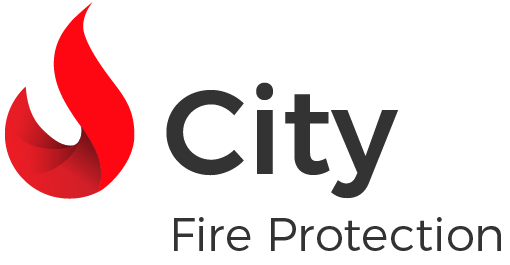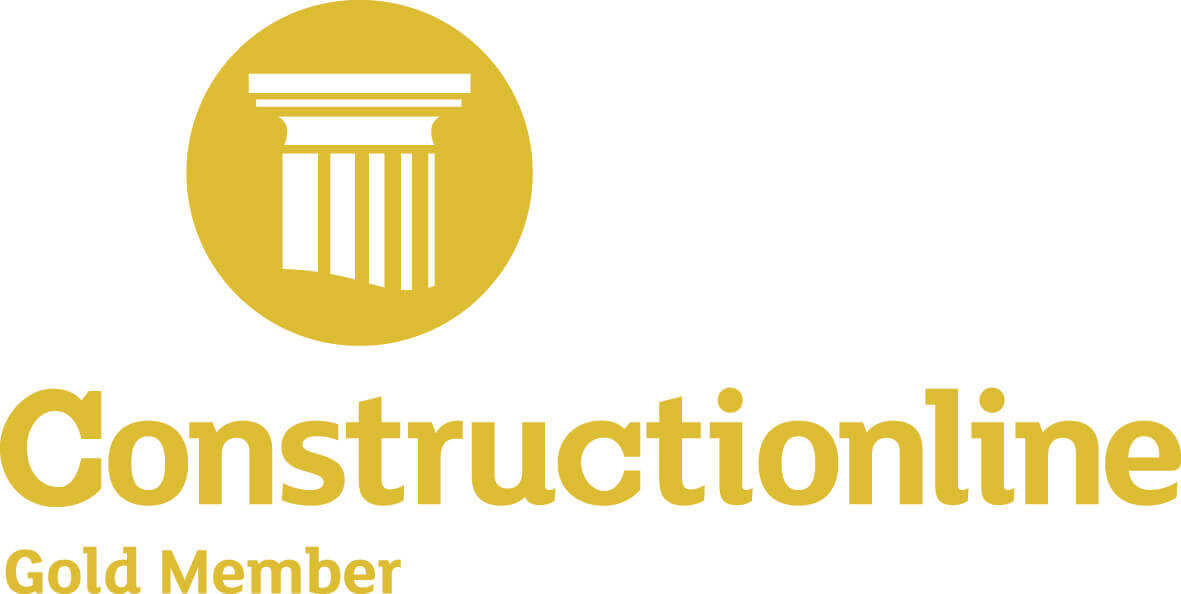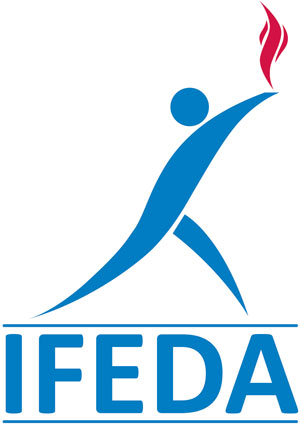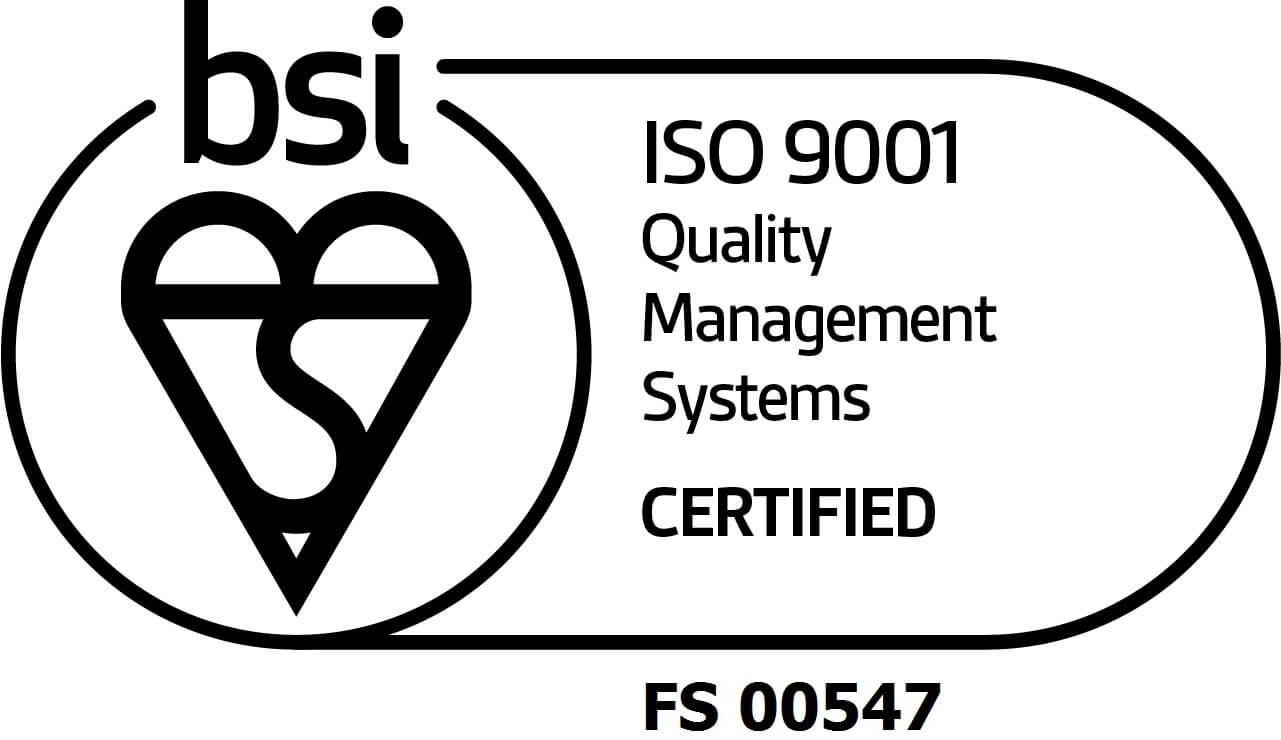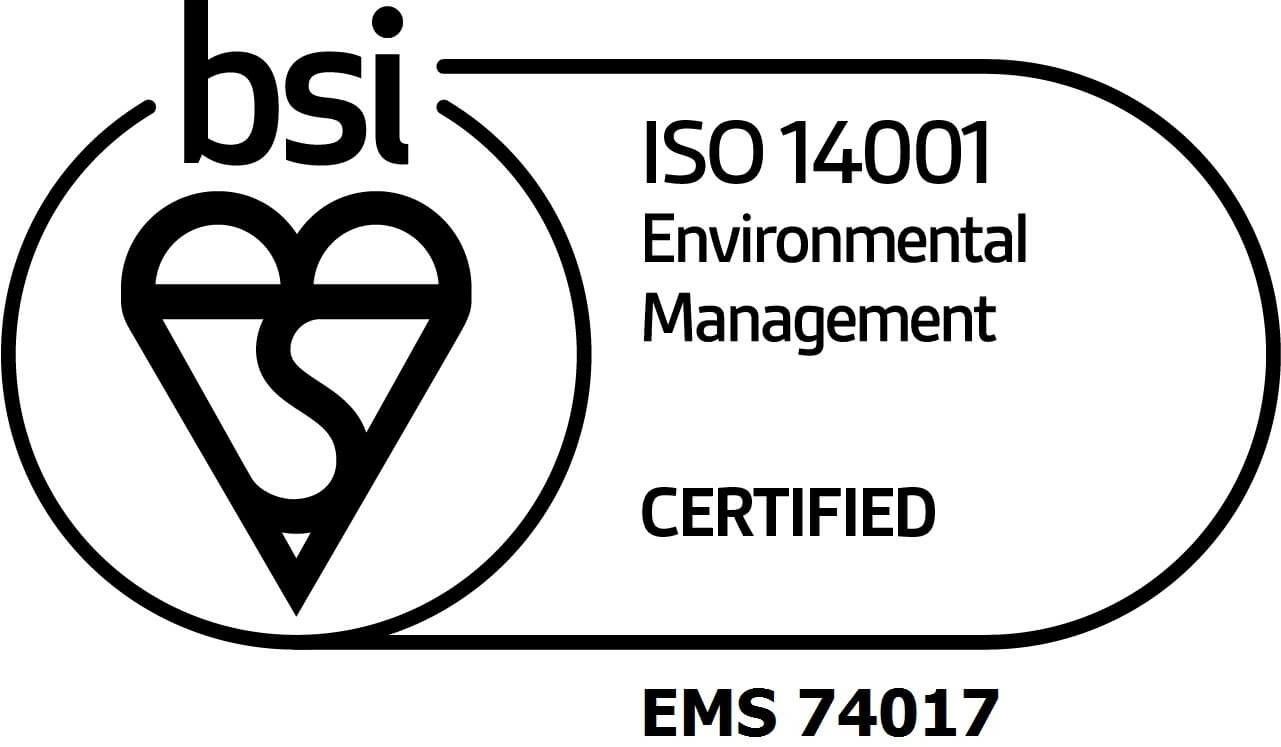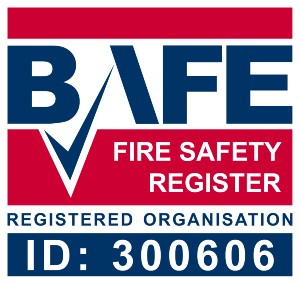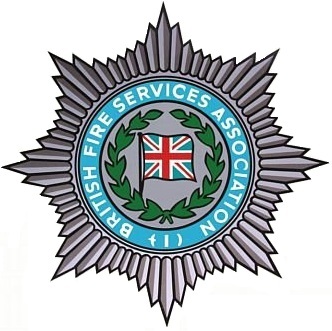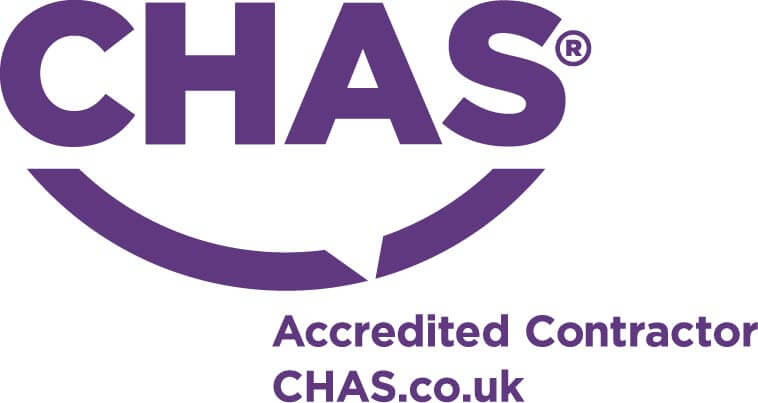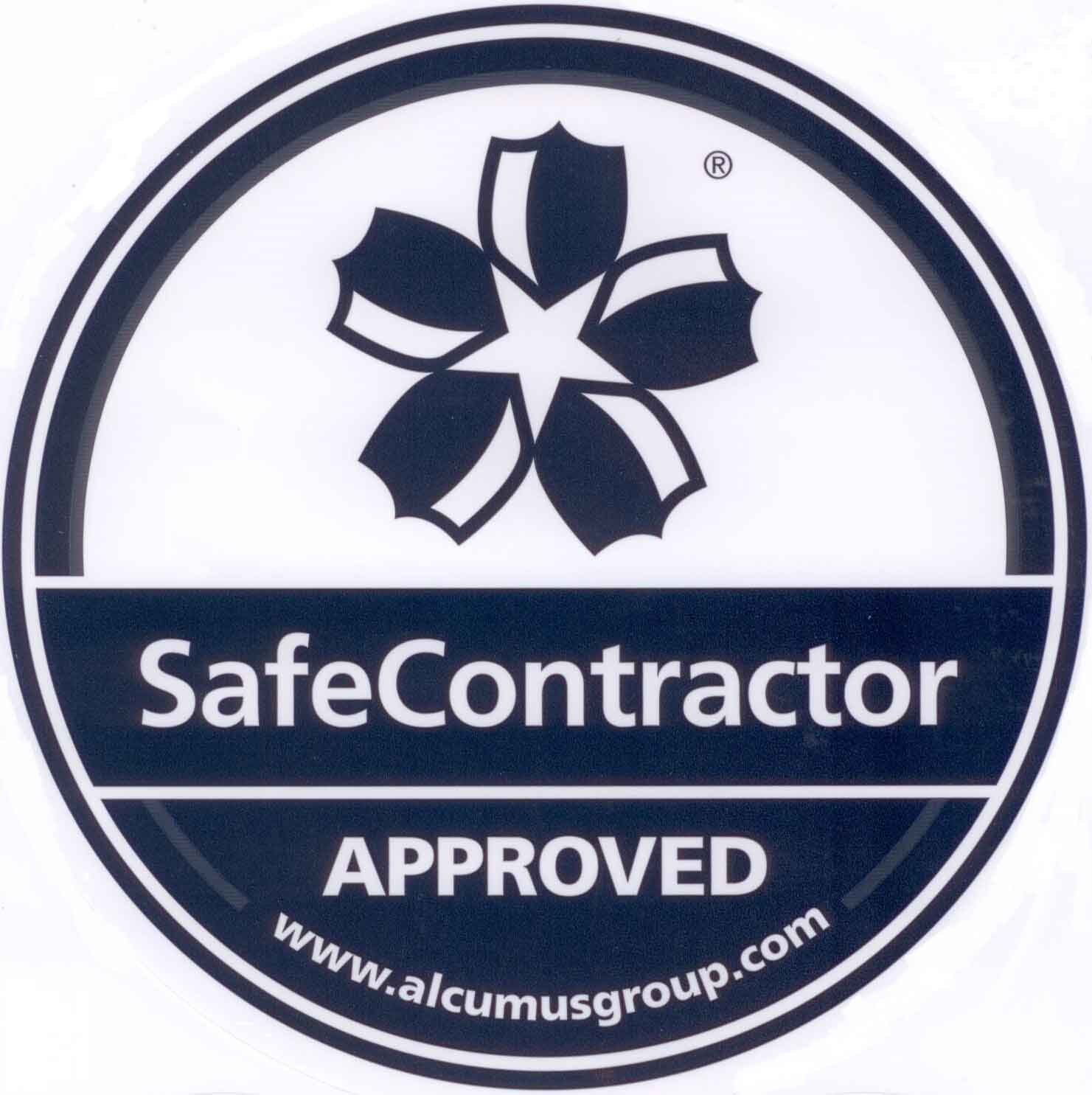Top 5 Common Mistakes When Putting Out a Fire
If you are unfortunate enough to find yourself caught up in a fire related incident, one of the first challenges that you face is working out how to tackle the fire, or whether to tackle it at all.
Judging the Size of the Fire
One of the most important things to remember in the event of a fire emergency is that not all fires can be tackled with a fire extinguisher. If a fire breaks out in your premises, make sure you know what type of fire it is (this will determine what extinguisher is needed). If at any point you doubt your ability to control or extinguish the fire, leave the premises immediately and call the fire brigade.
Incorrect Extinguishing Techniques
When using water to tackle a fire, you should always use at least two litres at a time. It is absolutely vital that you do not use water to tackle electrical or oil fires, however, as this can serve to only exacerbate the situation. Water should only be used on fires involving solids such as wood, plastic or paper.
Poor Evacuation Planning
A common mistake that a lot of people make is not knowing how to efficiently evacuate in the event of a fire. If you are a business owner or building manager, it is important that you have an established evacuation route that all users of the building are aware of. This route must be unobstructed, easy to navigate and end at a safe meeting point.
Forgetting to Shut Off Power
In the event of an electrical fire, it is important that you shut off all the power to the source of the fire. If you do this early enough, this action alone can often stop the fire, but if it doesn’t it at least prevents the fire from increasing. Make sure you know where the power supply is located in your building so you can shut it off if you need to. Of course, if your route there is blocked or affected by fire, evacuate instead.
Not Knowing the Correct Extinguisher Types
There are several different types of fire extinguishers available, each one designed to combat different kinds of fire. These are the six main types of extinguisher:
- Type A: Used for solids such as paper, wood and plastic
- Type B: Used for flammable liquids like oil, petrol and paraffin
- Type C: Used for flammable gases such as oil, butane and methane
- Type D: Used for metals including aluminium, titanium and magnesium
- Type E: Used for any fire involving electrical equipment
- Type F: Used for cooking oils and fats
It is important you understand which fire extinguisher is used for which type of fire and know where each one is located – this will help you combat the fire much more efficiently and safely.
City Fire Protection are a leading independent fire protection company, offering the highest standard supply, installation, maintenance and repair of a range of fire safety equipment, as well as fire safety training. For more information, get in touch with us today and we’ll be happy to help.
